Wyckoff Villa, A Deteriorating Mansion Built On The Island Of A Strategic Revolutionary War British Naval Base
Over a century before William O. Wyckoff built his palatial summer home, Wyckoff Villa, on Carleton Island, it was a strategic base for the British military and naval supply efforts as well as Mohawks led by powerful clan mother Mary “Molly” Brant who aligned the Iroquois Nations with the British Crown.
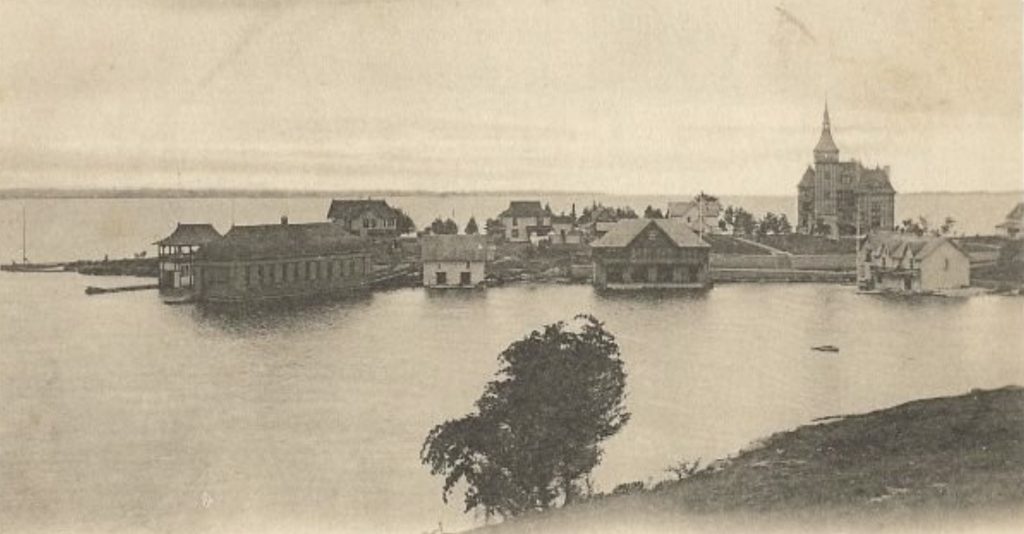
Referred to as Deer Island and Buck Island prior, Carelton Island was described as a bustling island with vessels of war being built there. So important was the island to the British efforts that it was said that Fort Frontenac, now Kingston, Ontario, once the capital of Canada, was treated with much less significance and where Molly Brant would settle her family after the revolutionary war.
From the book The Thousand Islands of the St. Lawrence River from Kingston and Cape Vincent to Morristown and Brockville, by John A. Haddock–
In 1775-76 the British government had located a military and naval supply department on the island, but was not until August 1778 that any attempt at fortifying it was made. At the breaking out of the War of the Revolution, the British held Niagara, Oswego, Fort Frontenac, and undisputed sway of the lakes and of the river St. Lawrence.

The British fort on Carleton Island would be named Fort Haldimand, after General Haldimand, but initially, be referred to as Fort Carlton. Note: for some reason, although the island was named after Sir Guy Carleton, later known as Lord Dorchester, there are numerous references to Carlton/Carleton. The term used in its original text will be referenced, but they are one and the same without any explanation for the differences.
In the War of 1812, American troops captured Carleton Island. By the time William Wyckoff purchased what the Watertown Daily Times had reported as all but 60 acres of the island in 1893, it had become vastly different from its wartime effort and ship-building days. In fact, the only remnants found from the wars were the stone chimneys pictured below.
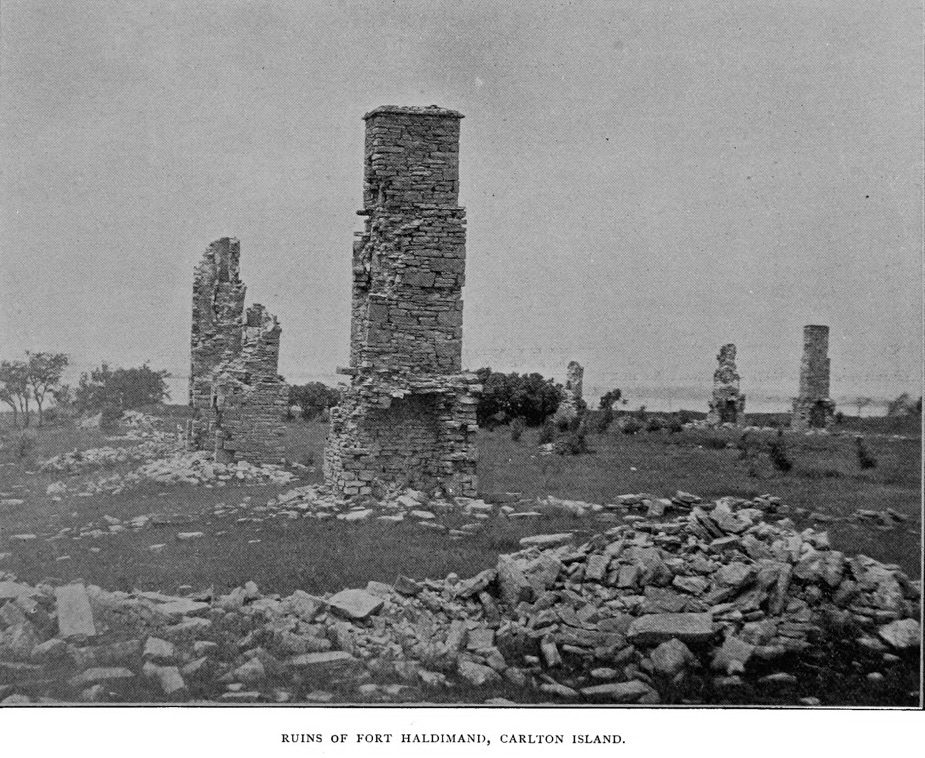
In May of 1893, William O. Wyckoff, president of Wyckoff, Seamans & Benedict Company of New York, would make the substantial land purchase from Henry M. Folger and his wife for the price of $11,440. By this point, Wyckoff had already constructed a $6,000 boat house, said to have been the finest on the river, and was preparing to build a cottage, designed by famed architect William Henry Miller, initially reported to be at the cost of $25,000, then later changed to “well over $100,000.” It would precede, but be included amongst, other 1000 Island landmarks such as Boldt and Emery‘s castles.
It was said that Wyckoff enjoyed being on the island and overseeing the construction, spending most of his time there during the process. Five weeks prior to its completion in 1895, Wyckoff’s wife passed away back home in Brooklyn. Five weeks later, on July 11, upon spending his first night in the just completed Carleton Villa, as it was originally known, William Wyckoff passed away at the age of 60.
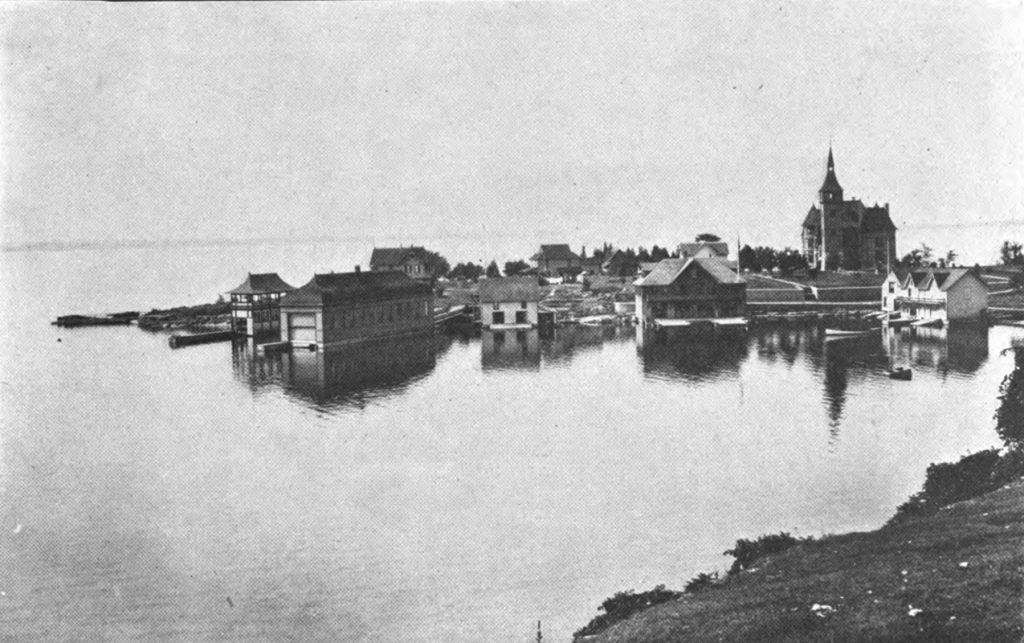
July 18, 1895, Watertown Daily Times would report–
Wyckoff’s Palatial Summer Home: Just As It Is Completed, The Owner And His Wife Die Within Five Weeks Of Each Other
The Cape Vincent Eagle, referring to the death of W. O. Wyckoff, of Brooklyn, at his summer home on the St. Lawrence, gives the following interesting facts:
Mr. Wyckoff had been in poor health for the past year, being afflicted with heart trouble. About five weeks since his wife died at the family residence in Brooklyn, and immediately after the sad event, Mr. Wyckoff, with his two sons, arrived at Carlton Island. It was hoped that the refreshing air of the river would improve and better his condition, but he gradually failed. Medical aid was summoned from Brooklyn, but every effort put forth to save his life proved futile.
Mr. Wyckoff, who was the senior member of the firm of Wyckoff, Seamans & Benedict, proprietors of the Remington Typewriter company, conceived the idea of building the palatial residence now standing on Carlton Island in the fall of 1893.
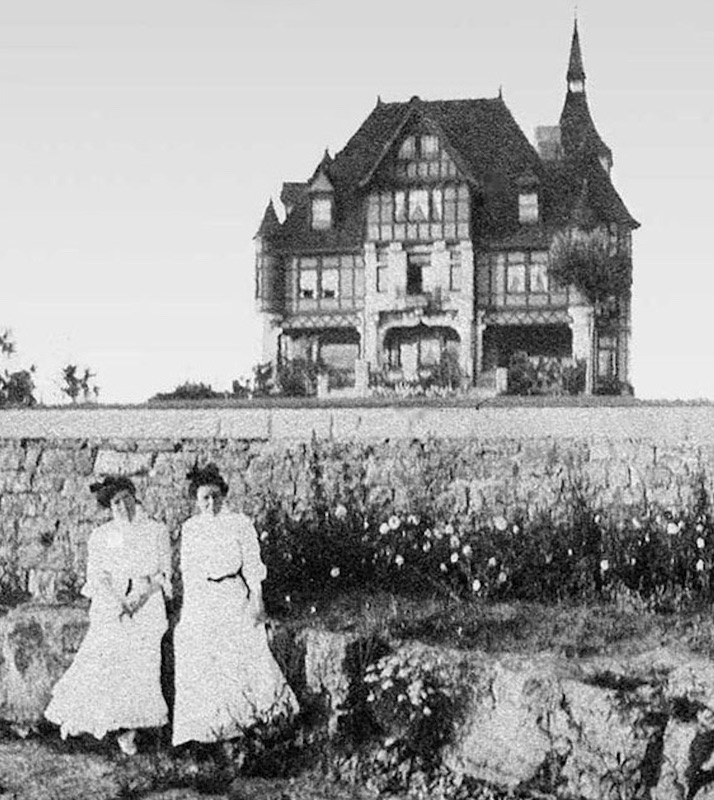
The Wyckoff family would retain ownership of the villa, still referred to as Carleton Villa, for nearly three decades. Before 1910, however, the Carleton Villa would start appearing for summer rentals in publications such as Country Life In America, listing thousands of high-end rentals across the United States. It was described as fully furnished and made of Gouverneur Marble.
In the 1920s, William’s son, Edward G. Wyckoff, began selling some of the land associated with the estate. Not much longer afterward, the property was put up for sale. With no buyers over the span of several years, in 1928 the Wyckoff Villa would be put up for auction along with a large amount of personal property which ranged from livestock, 70 tons of hay, wagons, sleighs, and “2,000 books, rugs, guns, Game Trophies, Skiff, Ice Scow.”
The main auction itself was described as–
At Carlton Villa, on Carleton Island, near Cape Vincent, of the Villa property itself, suitable for club house or small hotel or gentleman’s home; 360 acres including fertile farm and area convertible into sporty 18 hole gift course at low cost; adequate boathouses, farm buildings, etc.
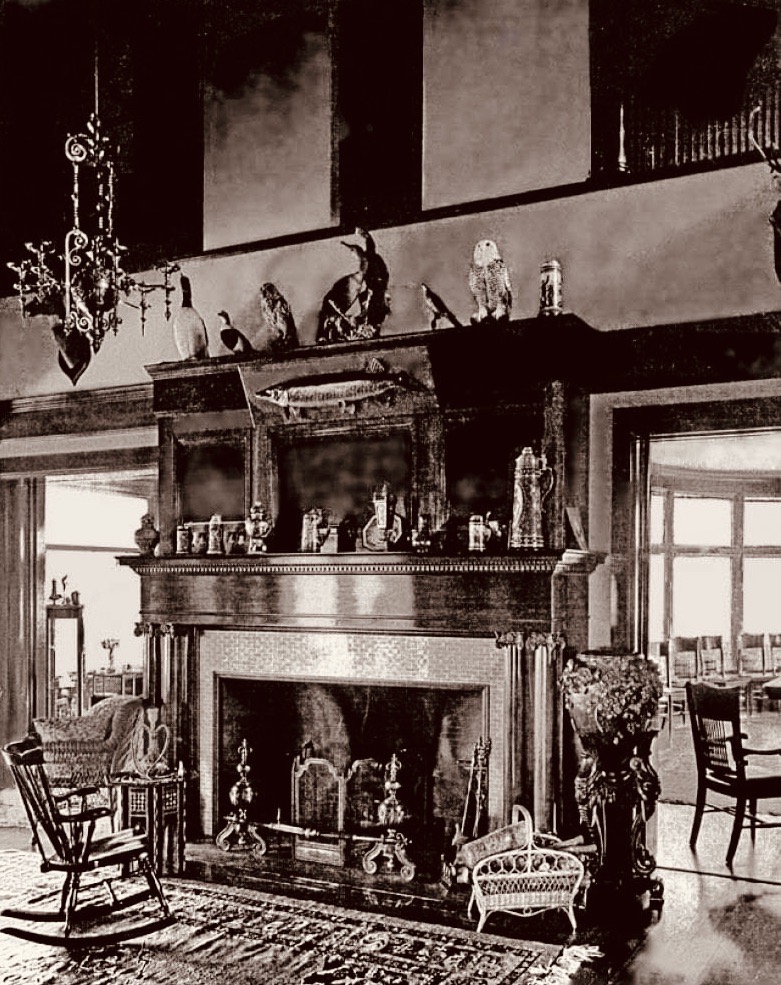
In 1928, the Wyckoff Villa was reportedly sold in the auction for $15,000. Carleton Island itself was discussed as being turned into a historical site for tourism on one end of the spectrum, while on the opposite end, there was much talk in the New York State Senate amongst some members to build a federal prison for “habitual criminals” on the island. The idea, proposed by Senator Love of Brooklyn, would be defeated largely due to the bitter response from wealthy landowners in the 1,000 Islands and Northern New York in general.
April 21, 1930, would see the first rumblings of General Electric’s (G.E.) interests in purchasing the majority of the island for the establishment of a new summer recreation camp for their employees. According to the Watertown Daily Times–
The General Electric company is also understood to have the privilege of buying the Wyckoff estate at the head of the island which comprises a beautiful villa and 300 acres of land. This was owned for years by the Wyckoff family of Ithaca and was bid in last fall by an Ithaca bank.
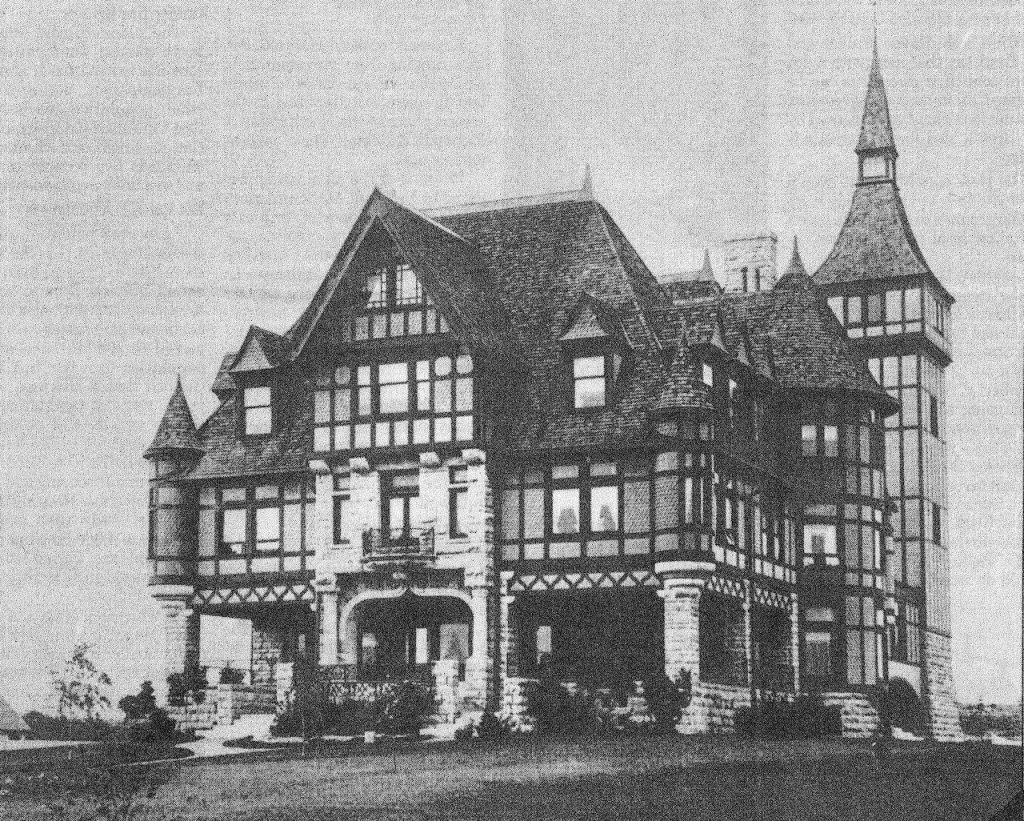
By June of 1930, G.E. would begin their buying spree of land from property owners on Carleton Island. G.E. had big plans including three golf courses and an “elaborately illuminated” camp; an assembly room and theater that would seat 500; a large mess hall; 38 cottages; tennis courts; baseball diamond; highway systems; water and water and theater sewer systems; docks and canals. Razing of old structures of the island was to commence soon after the July 9th notification but had no plans to use the island for that year.
The following year, G.E. would hold their summer camp at Association Island as work on Carleton Island “was not being hurried.” In 1932, no activity would happen on either island on account of the depression and the same would be reported for 1933… and 1934, when the first reports of abandoning Carleton Island altogether surfaced.

In 1936, it was noted much construction was done on Association Island by G.E., so much so that the abandonment of Carleton Island seemed all but a foregone conclusion. In 1943, W. E. Dodge bought the property from General Electric and, having already salvaged some of the properties, planned to salvage the rest, including the Wyckoff Villa.
The Watertown Daily Times reported on August 12 of that year that the intention was to take the villa down in order to save on property taxes. That never happened, though the interior and some of the exterior have been heavily “picked over” in the years since it continues to stand in a crumbling state of decay to this day and has been for years.
The Wyckoff Villa To Be Restored/Reborn As CarltonVilla
On June 14th, 2022, the Watertown Daily Times reported that the Wyckoff Villa, which has been vacant and in badly deteriorating condition for the last 90 years, is under contract for sale, which should be completed later that week. The buyer, Ronald Clapp of Florida, came across the property last year and intended to jump right into the restoration process, which he readily acknowledges will be challenging.
The sale was finalized shortly after, and the new owner has created a website, Facebook, and Instagram pages for those interested in following along with updates to the restoration process. Clean-up of the property began in the fall of 2022, prepping the structure for 3D scans, giving architects a baseline for the current structure and its integrity since the original drawings were destroyed in a fire years ago.
For a recent (published September 23, 2023) interview with the new owners, Ron Clapp and Janaina Leite, please check out the Nearest & Dearest Podcast episode, “Carleton Island Past & Present – Renovation of the Villa.”
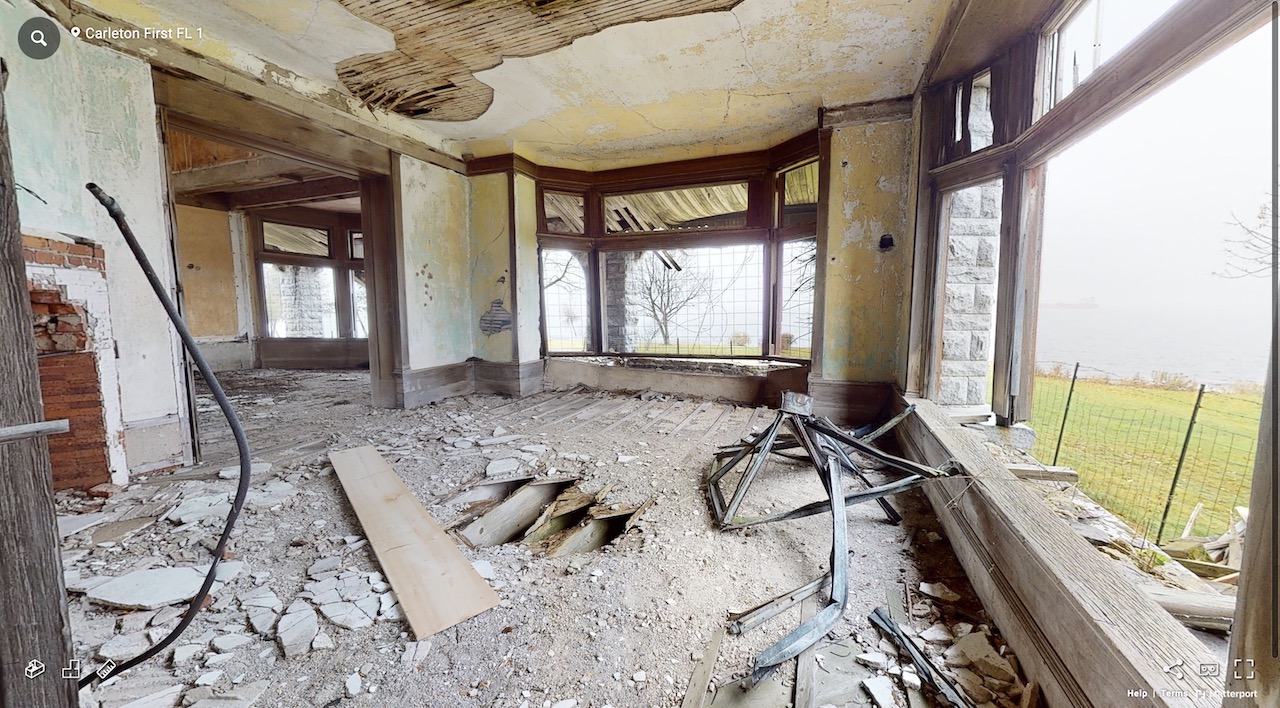
The property has also reverted to its original name, Carlton Villa (aka, CarltonVilla), and the owner has also created a website, giving visitors access to a virtual tour of its floors mapped out in 3D. Those with Virtual Reality (VR) Headsets can also experience the remains via their VR browser. Below is a screenshot of the tour; you can click on the photo to take you to the website or click here.
The following video stirred a little bit of controversy over the several years since it was posted on YouTube, but its maker did a follow-up not too long ago explaining that sometime after the trip was made to Carleton Island and the video was shot, he entered it into a short horror film competition which explains the spooky music and some minor effects. It’s included here because it shows some historical photos of Wyckoff Villa, but also gives an excellent view of the condition of the interior and exterior as of nearly a decade ago.
Video and narration recorded by Rick Wagner, from YouTube:

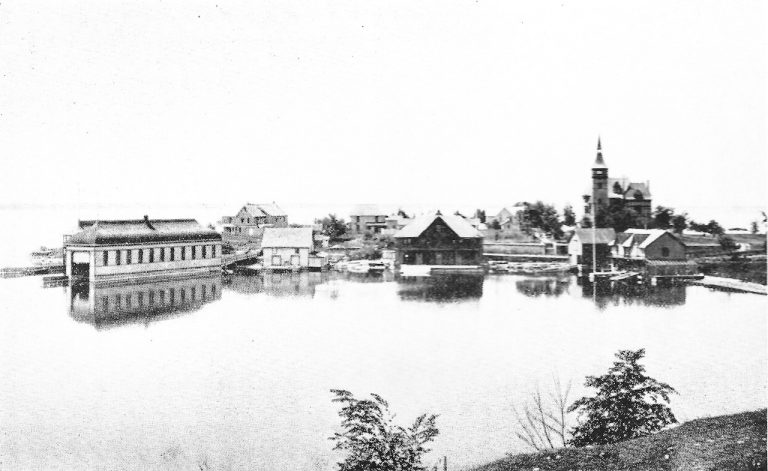
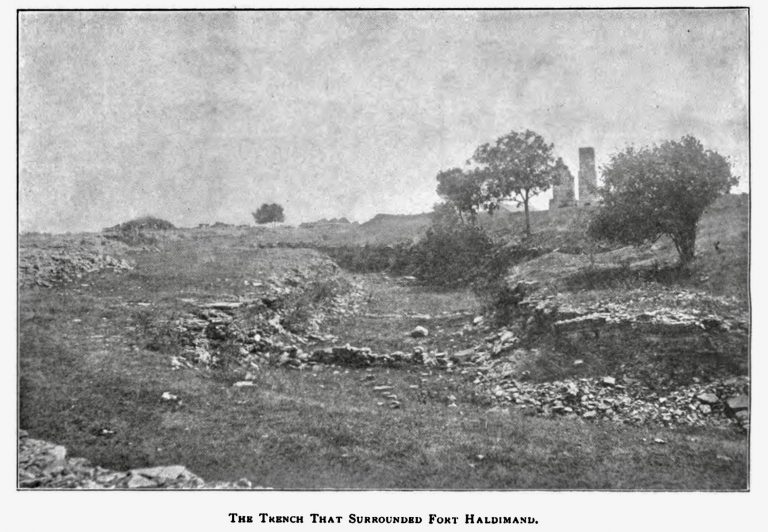
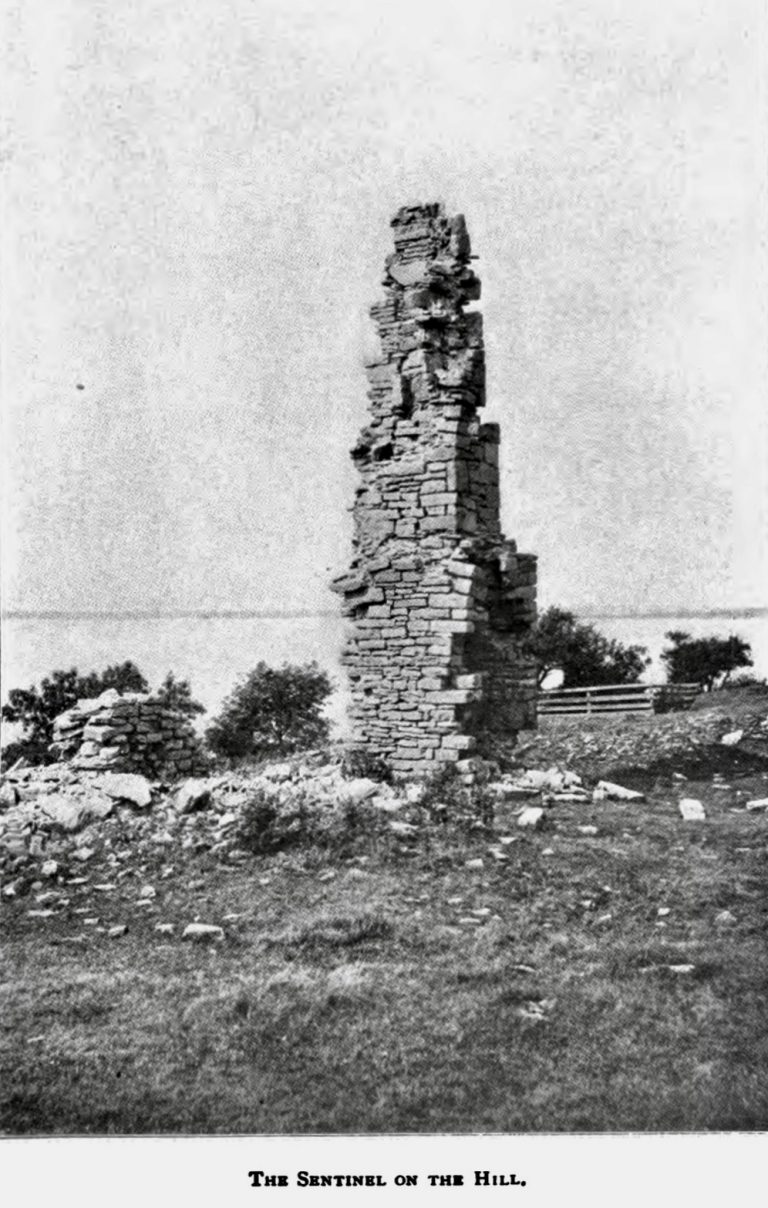
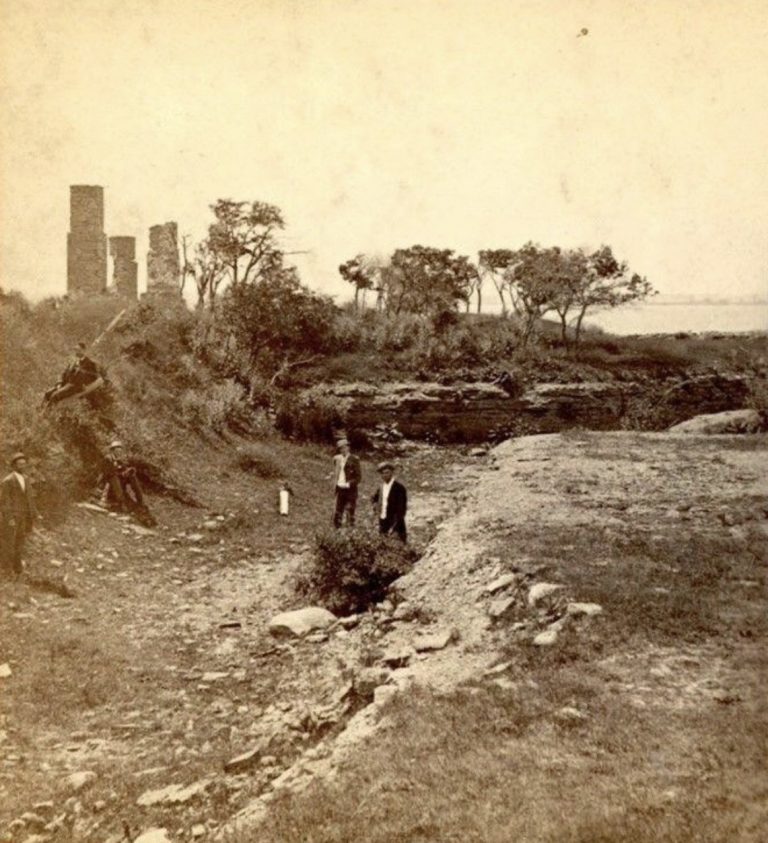

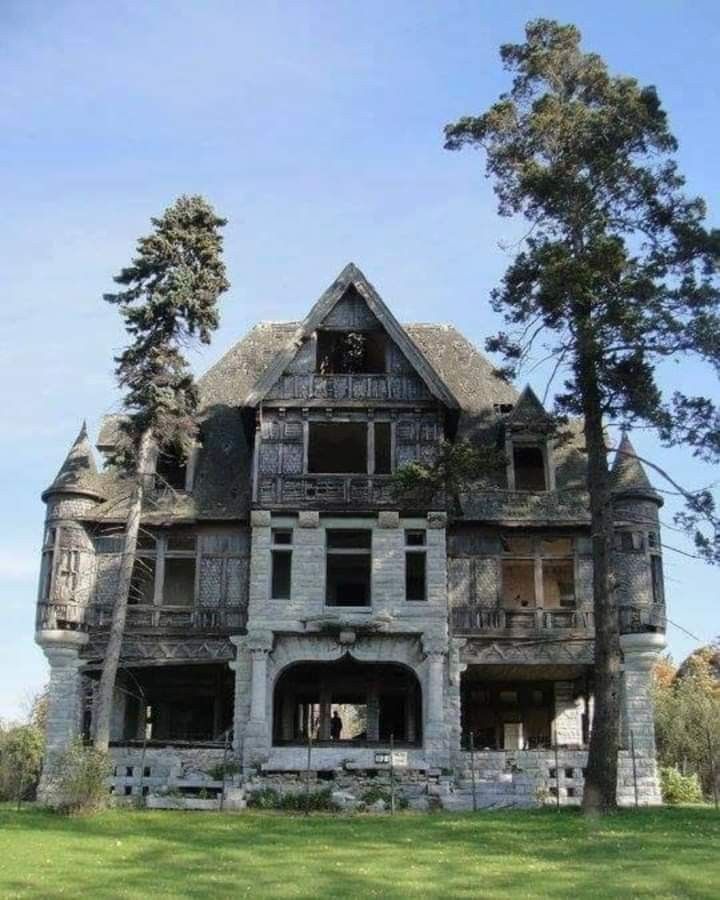
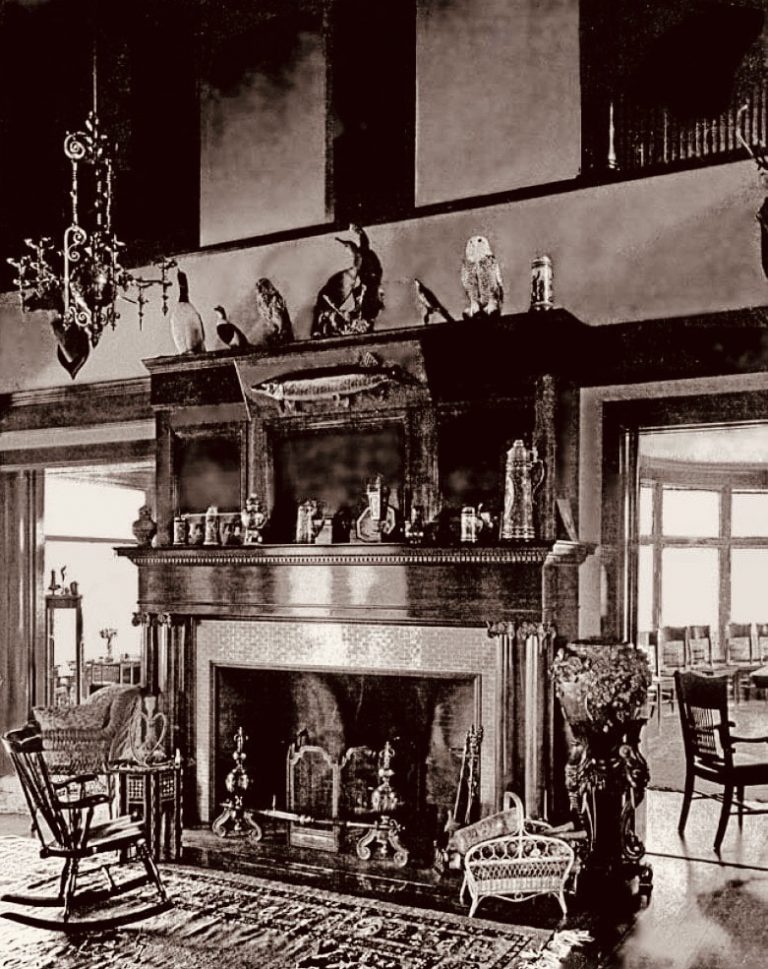
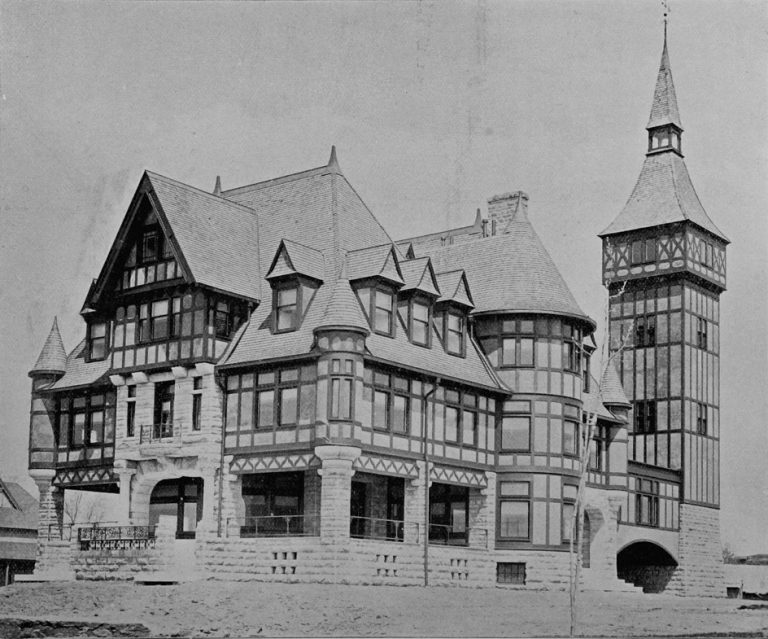
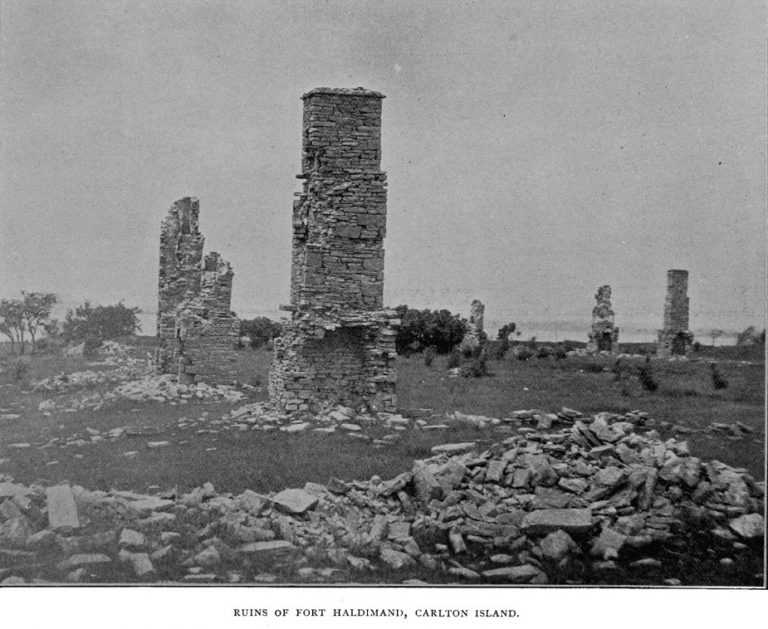
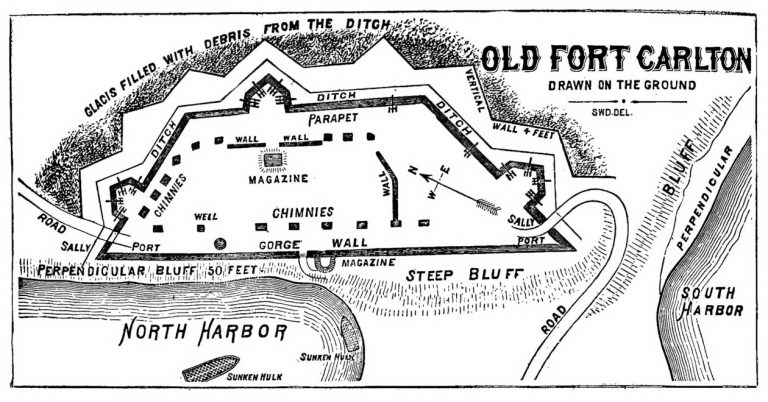
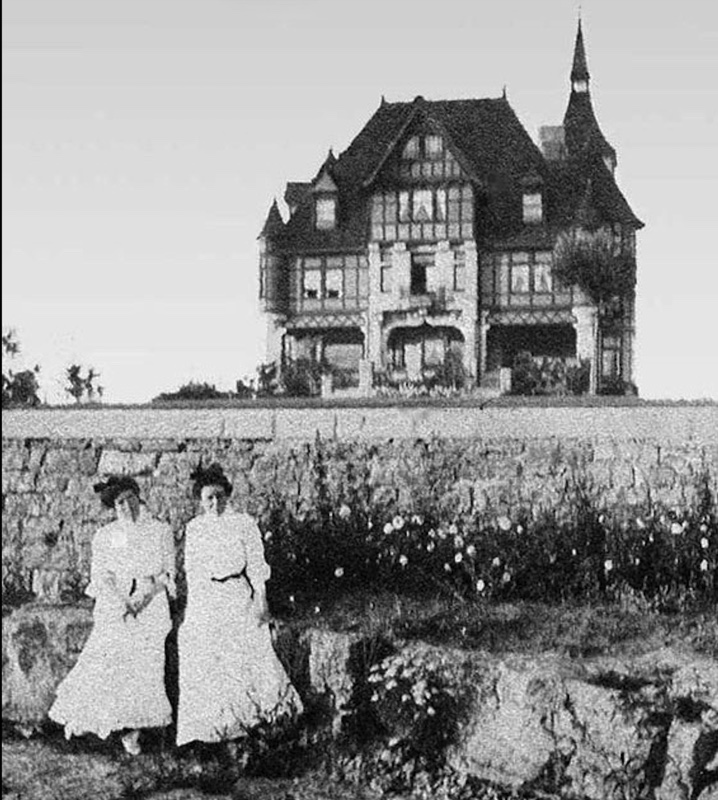
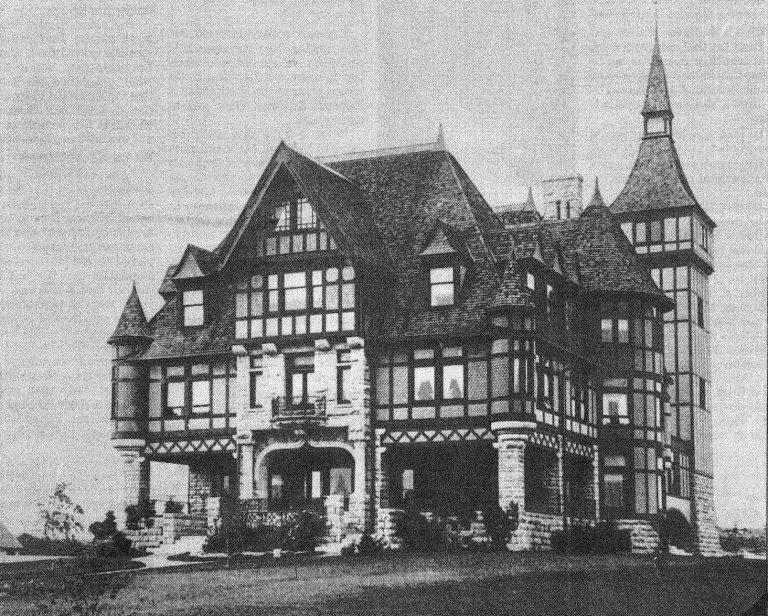
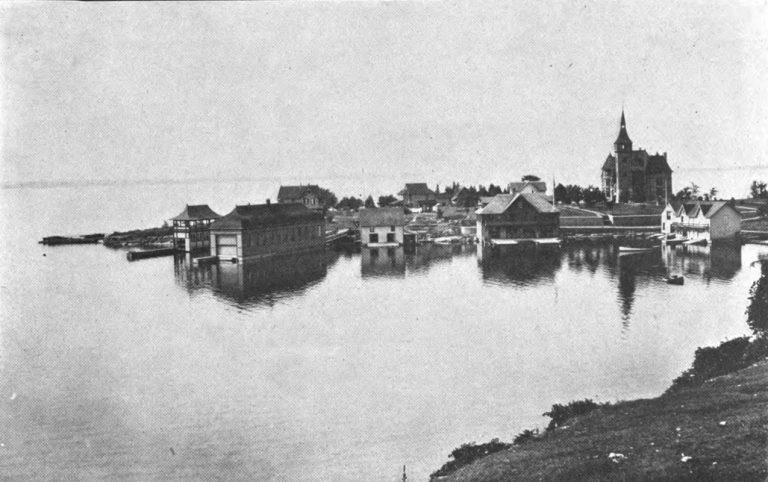

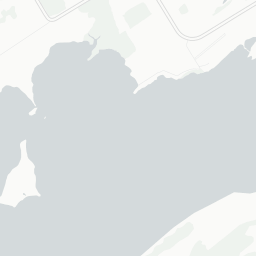











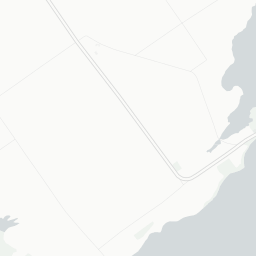

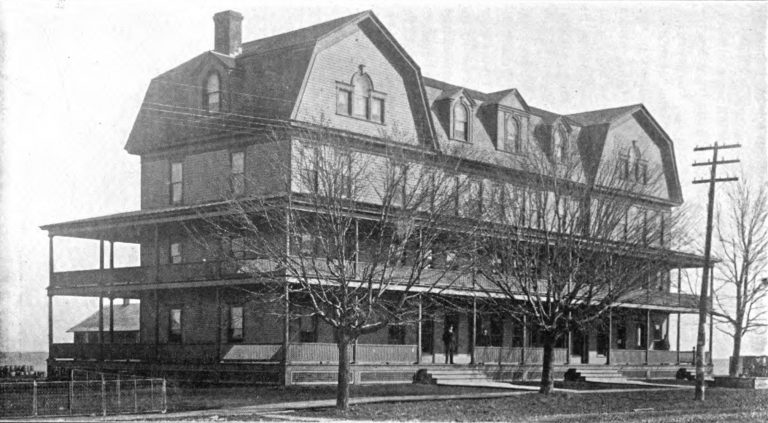
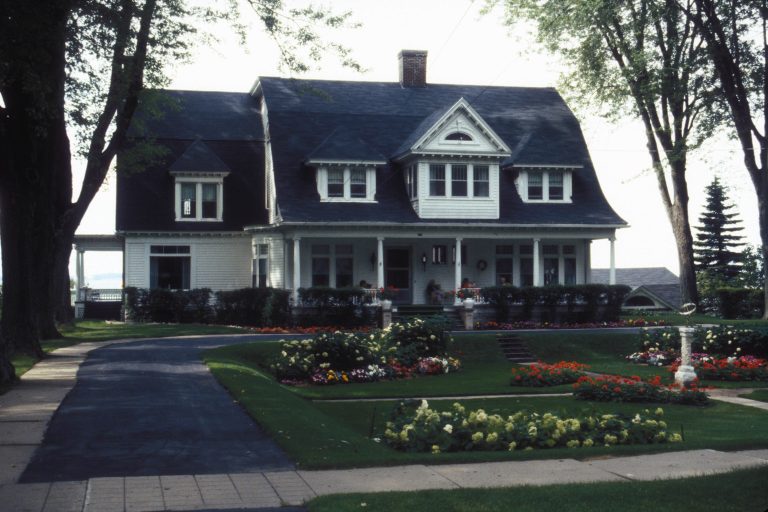

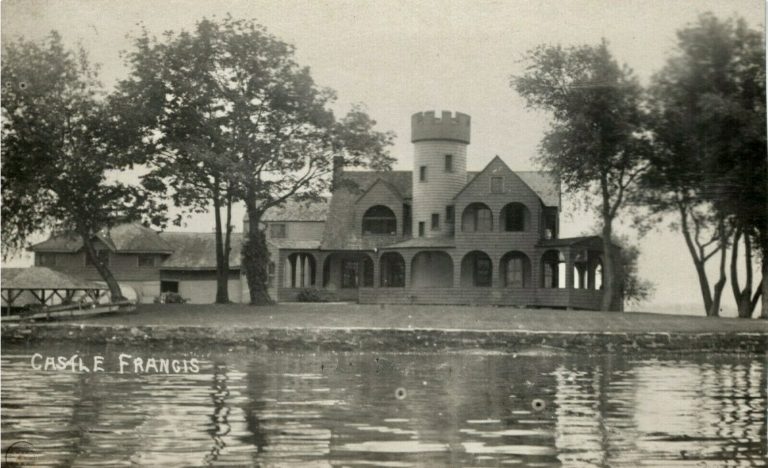
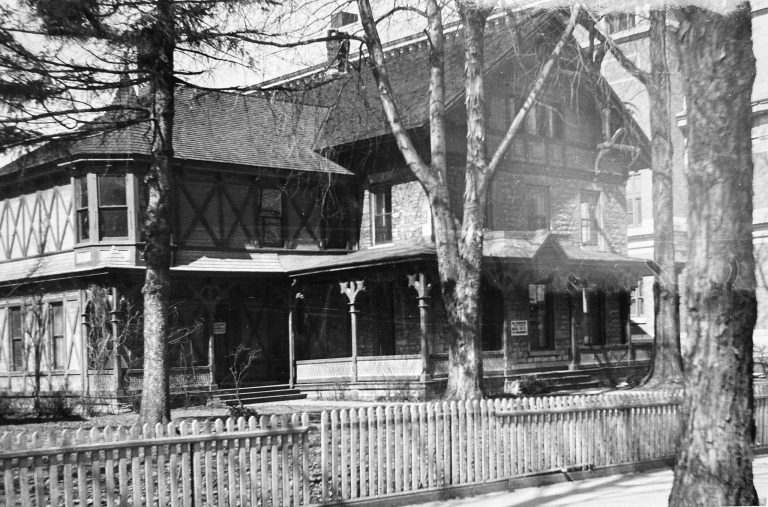
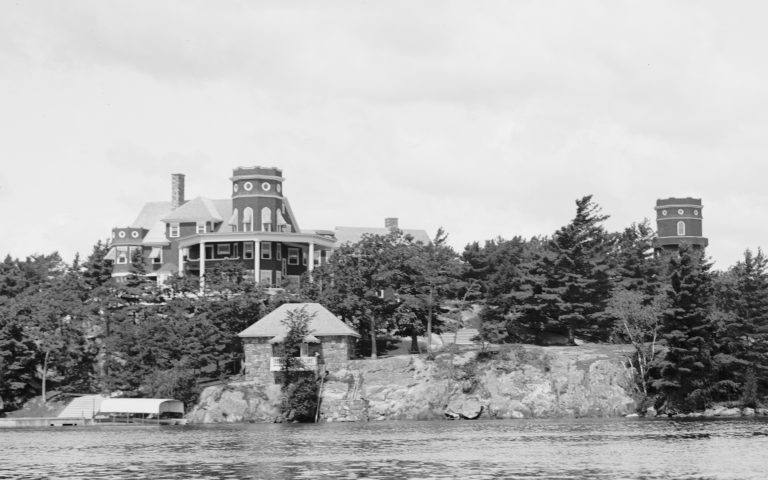
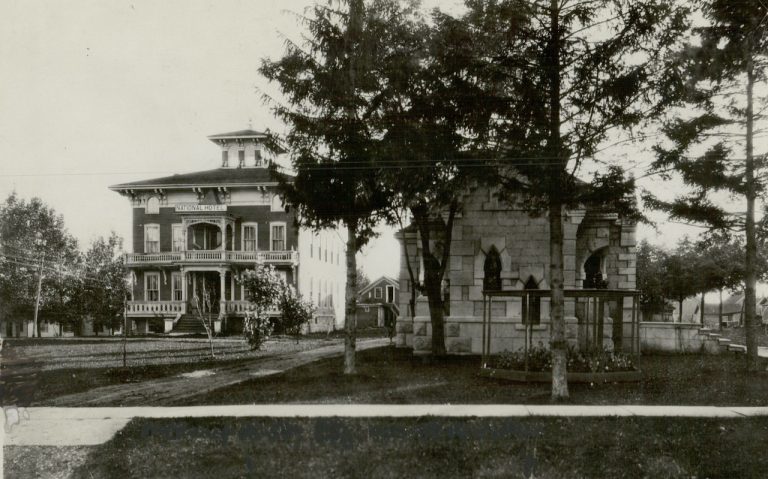

2 Reviews on “Wyckoff Villa – CarletonVilla – Carleton Island – 1000 Islands”
A very popular genre of YouTube videos currently focus on restoration of abandoned residences from do-it-yourself rebuilding of old rural homesteads in China to major private rehabilitations of castles in Europe. Hopefully, a series of videos recording the restoration of the Wyckoff villa will be made available for all to see over the next several years.
Much has been posted about the Wyckoff villa on Carlelton Island over the past several years on the facebook site of the Wyckoff House and Association. This update on the recent sale is informative and the video tour of the interior is unique and very revealing.